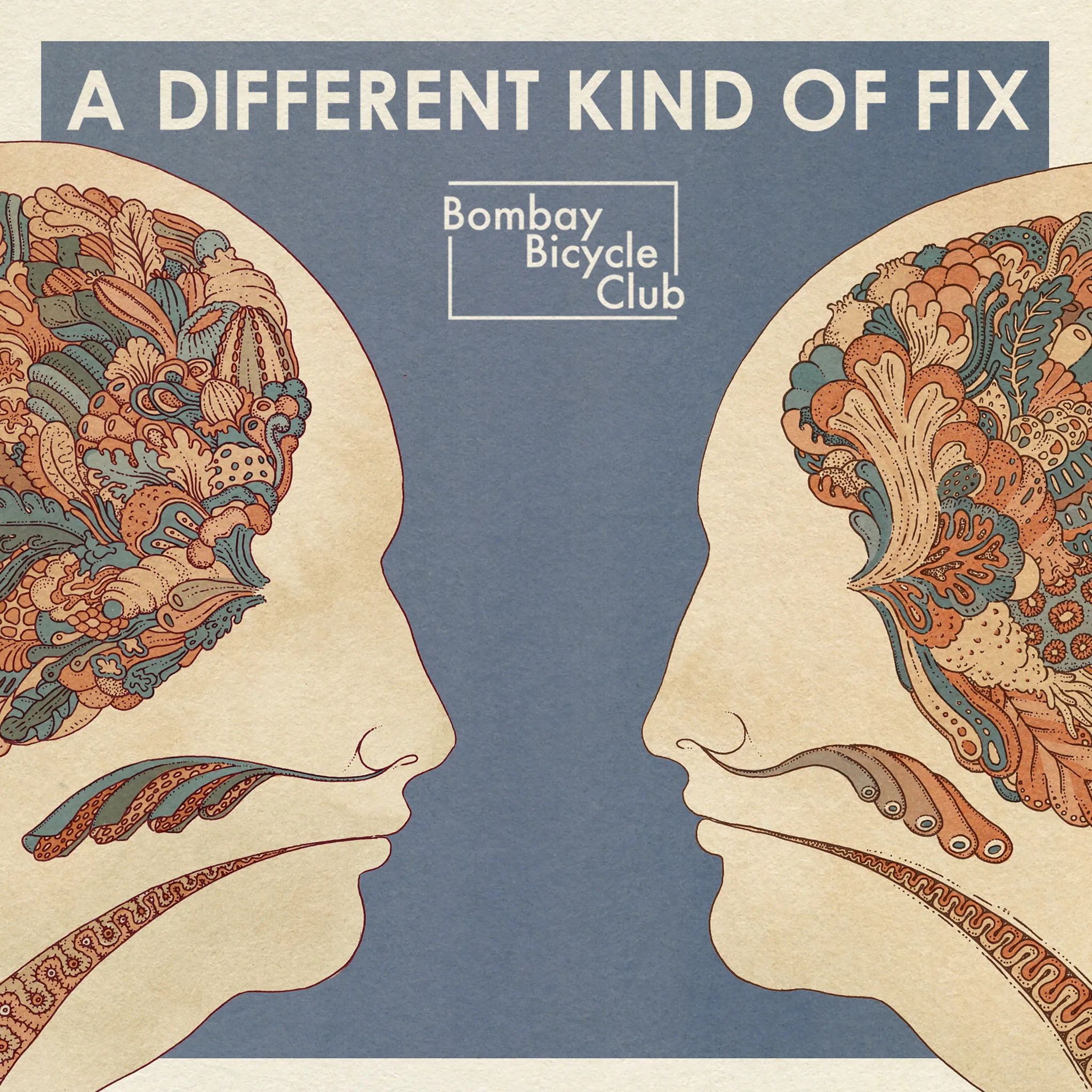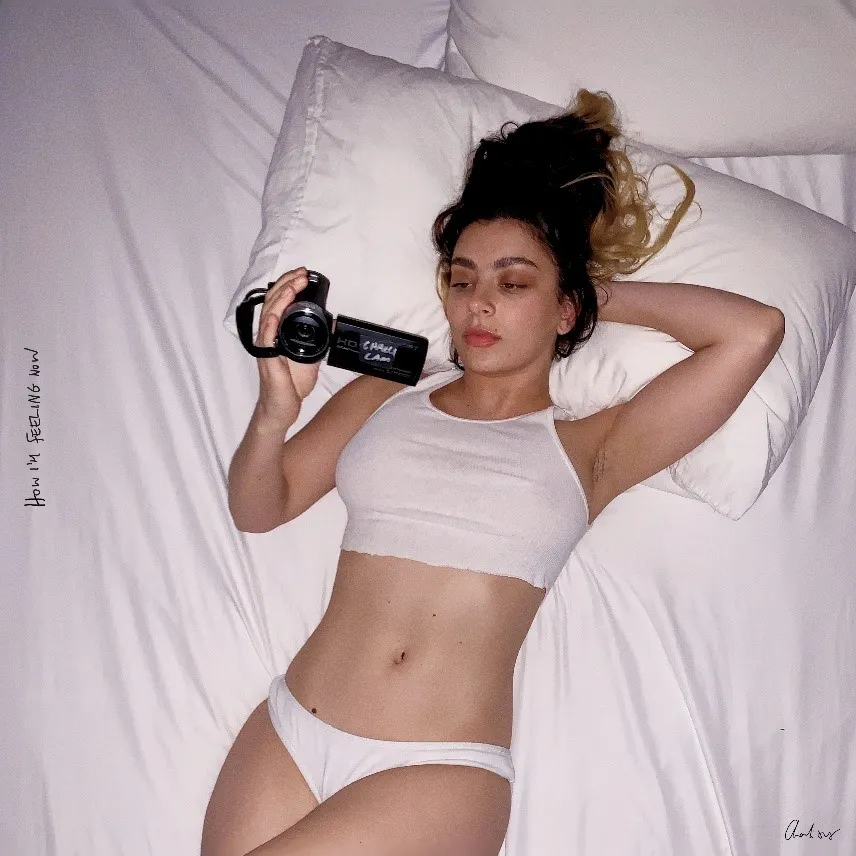Interview Santigold: ‘I’m Not Apologising And I’m Not Compromising’
Santigold on why she’s stuck to her guns on latest album, ‘Master Of My Make Believe’.
Following the release of her self-titled debut album in 2008, Santigold attracted an array of admirers and a lengthy tour to boot. Fast forward four years and she’s preparing to release the follow up to her eponymous effort.
When we meet, she sits in an ostentatious leather chair in a room at London’s Landmark hotel, in a scene not too dissimilar to the cover art for her forthcoming album ‘Master Of My Make Believe’. There are no costumes today, and everything we’re about to experience is Santi White and no qualms about it, it will be entirely on her terms.
With the album, production duties are very split. Why did you want so many people working on the record?
I didn’t set out like, “I want as many producers as possible involved.” I just wanted the songs to sound like I wanted them to sound. Sometimes I’d start with one person that I knew was amazing at one thing and then I’d be like, “You know who would be great on this?” and then I’d jump around.
How then do you tend to start with the production of tracks?
I had a couple of songs that I’d started writing that needed to be produced. Usually I start from the music so I’ll already have my track and then I’ll start writing lyrics. But this time, I had some songs that I’d started because I’d done a lot of writing with Nick Zinner in the beginning where we fleshed out a bunch of ideas. I wanted to work with Greg Kursten and then I started to think about what songs he’d be good for, so that’s why I started with the songs that I did.
Greg Kurstin is a man of many talents. What did he bring to the table this time around?
Greg is one of the few people that I worked with on this record that actually plays a crazy amount of instruments. He collects all this old, vintage analogue equipment and he’s such a quick writer and a great musician, so for anything that had more live and less electronic elements he was an obvious choice. John Hill also does that. Some of the people like Switch, Boys Noize and Ricky Blaze are definitely more sit in front of a computer types. It’s nice to have variety because my songs really require different skill sets.
How did you make the album cohesive, working with so many people?
Actually, I think the glue is me. It was something that people asked me around the first record a lot but it’s not something I think about very much in the process. If you’re making a collage, you can make anything fit as long as the colour palette is similar, and that’s the same with making music. I don’t ever want to think, “I want to do a song but it wouldn’t fit on this project.” Almost anything could fit on this project and that’s the exciting thing for me.
You mentioned working with Yeah Yeah Yeahs’ Nick Zinner, and I know you’ve collaborated with his bandmate Karen O before, too. Was this record about working with friends or did you look to target people from further afield?
I tried to start with the people that I did the last record with and it just wasn’t the same. It wasn’t really happening the way I wanted it to; I was getting really down about it, and it was my fault because I shouldn’t have expected it to be the exact same process. That was naive. My friend Amanda Blank, who’d gone on tour with the Yeah Yeah Yeahs, was like, “Man, you should write with Nick because he just broke up with his girlfriend and he’s really sad right now and you’re really sad right now.” So I called him and we went in and we had the most fun ever. It was so light and so easy and there was no pressure on it. It was a cathartic experience and it was really what set the tone for the new record for me. Eventually, I did go and work with some of the people from the first record but it was with me being in a lighter place so it ended up working out.
What made you want to begin the album working with Diplo, Switch and John Hill again?
I just felt like we did great work the first time around and they’re some of my best friends. At the same time, everybody is at a different place. The first time, they didn’t have as much going on. They could give me as much time and all of their attention. This time, I was like “What are we going to do in two weeks?” It takes me two weeks to sit down! When you’re so close to people, it’s more drama than it’s worth sometimes and so it was a lot of stupid bickering and stuff. It was actually a great turning point for me because I was like, “Ok, I’m going to go work with some new people.” Also, I was in Jamaica so I was like, “F**k these dudes, I’m going to get work done.” All these lyrics were coming to me while I was there, and then it ended up great in the end because I ended up working with Switch a lot on the record but it had to come a new way, it couldn’t be forced. It had to come naturally.
Speaking of lyrics, are there any recurring themes on the album?
Well, the record’s called ‘Master Of My Make Believe’ and for me that was as much about the process of making the record as it was my view of how it should be in the world. Because I was kind of at the helm of this one, I had to really dig down and find my confidence and have a tremendous amount of trust in my creative vision. A lot of times, I really felt completely by myself. I switched management, I switched labels. It was hard and there was a lot of doubt involved in the beginning. I had to figure out how I could just be really calm and confident. I ended up doing transcendental meditation, and that’s why I realised that I was the ruler of my own reality. That’s what ‘Disparate Youth’ is about. You’ve got to create the world that you live in and you can’t just accept what’s handed to you. Think about what you believe and make that your reality. The same thing with ‘God From The Machine’, you can make it alone if you try. You have to be the pioneer and you have to go through the hard part by yourself sometimes.
You seem to have quite a lot of control over everything that you do, is that something you feel is important for you as an artist?
I have creative control because I don’t like to compromise. I find that sometimes when you don’t oversee the details, it gets steered away from what you intended. The other reason is that I’m an artist, not just a musician. I love making art and if I just had to make music I’d be really bored, so I’m really hands on with the cover art and costumes and my dancers’ costumes and the choreography and the set design. To me, those are opportunities to do more than just music because that’s not all I want to do. I want to create in as many forms as possible. Nowadays, being a musician, your record is your business card. Your art brands you, you are what your art is, but without that brand you can’t really do anything. Your art is your power in that sense. I just want to make art all over the place.
The artwork was all your own design as well, wasn’t it? How did you go about working out which artists and designers to approach?
I wanted to do a collaboration with a visual artist because throughout history, I’ve just been so amazed by the collaborations with the great artists of the eras with musicians. Like Andy Warhol and Velvet Underground or Grace Jones and Keith Haring, and they’ve just done these iconic pieces of art around the music and I wanted to do something. Kehinde Wiley is one of my favourite new painters so I approached him. He had never painted a woman before and so that was special. Even more special was that he agreed to do it!
What about the rest of the image, what can you tell us about that?
‘Master Of My Make Believe’ so obviously I’m the ruler and I’m the ruler of what? I’m the ruler of this world of my own creation, so obviously I should play all of the characters. I was playing around with the idea of power and my own power and the different manifestations of that power. A lot of the time you think of a powerful person or a ruler and you think of this masculine energy. It shouldn’t be that way but there are certain qualities that men are taught to have, and qualities that women are taught to have, and especially being in the studio which is a very male dominated environment, you kind of break this down. Men are taught to be really unapologetic and to be really confident and to go for what they want. Women are taught to be supportive and apologetic and to be nurturing, and there’s no place for a lot of that stuff in the studio because you’ll get run over and somebody else will take the reins from you. I’m not apologising and I’m not compromising and I don’t care if I’m difficult or I’m crazy or if I’m a bitch, I want you to do exactly what I want you to do because I want it to sound like I want it to sound like and if you don’t want to do it, I’ll get someone else to do it or I’ll do it. I’m tough but I’m also totally sensitive too.
Are you feeling under any pressure now that the release is getting closer?
I don’t. What’s the point? I did it and I’m actually really excited for people to hear it and to get out on the road. No matter what happens, I’m sure somebody will like it in the world. I’ll go and play for these people and it’ll be nice.
Santigold’s new album ‘Master Of My Make Believe’ will be released on 30th April via Atlantic Records.
Taken from the April 2012 issue of DIY, available now. For more details click here.
Read More
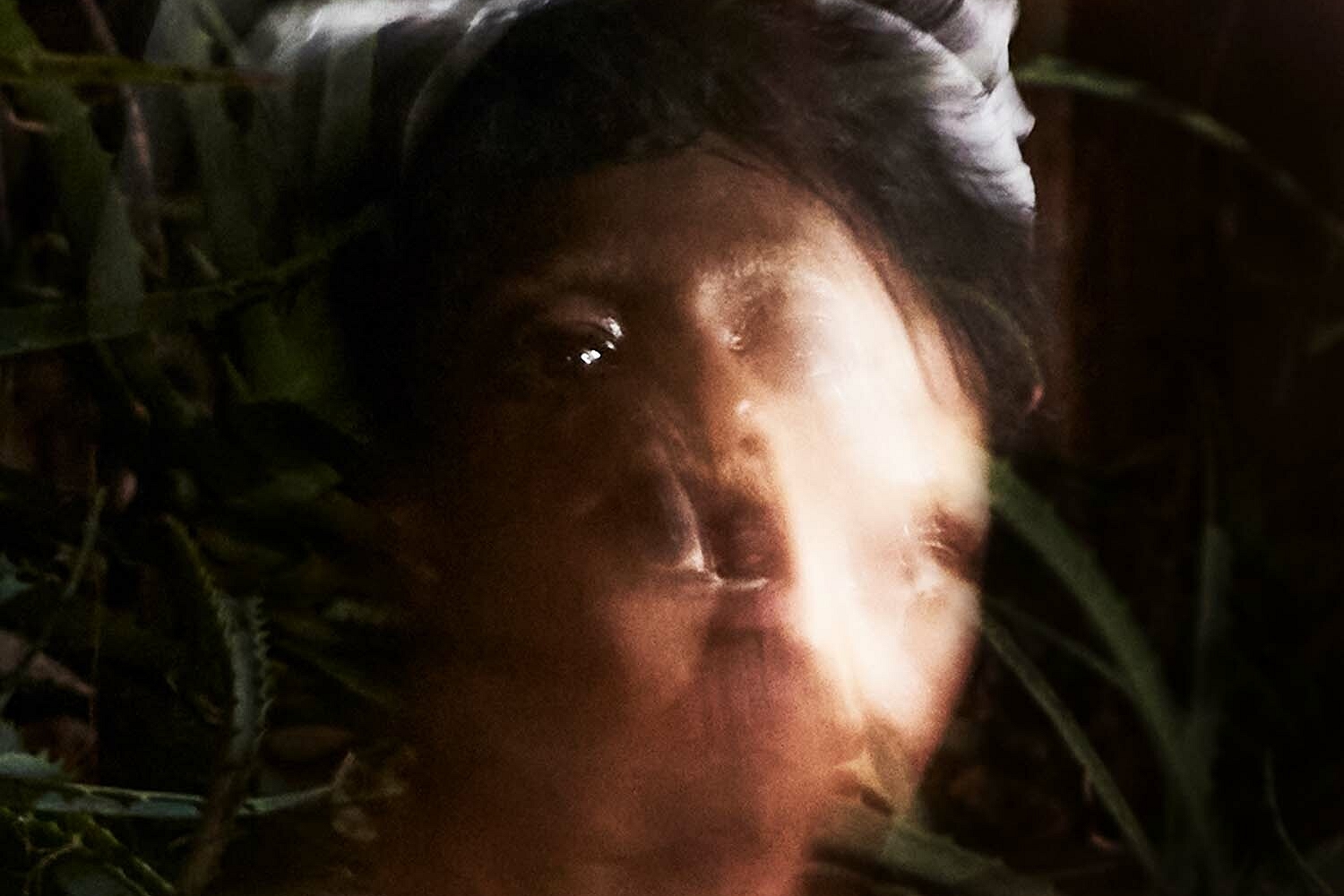
Santigold - Spirituals
3-5 Stars
Not so much reigniting the spark that drew so many to her sound first time around, but a decent job of drawing a line from old to new and updating it.
9th September 2022, 12:00am
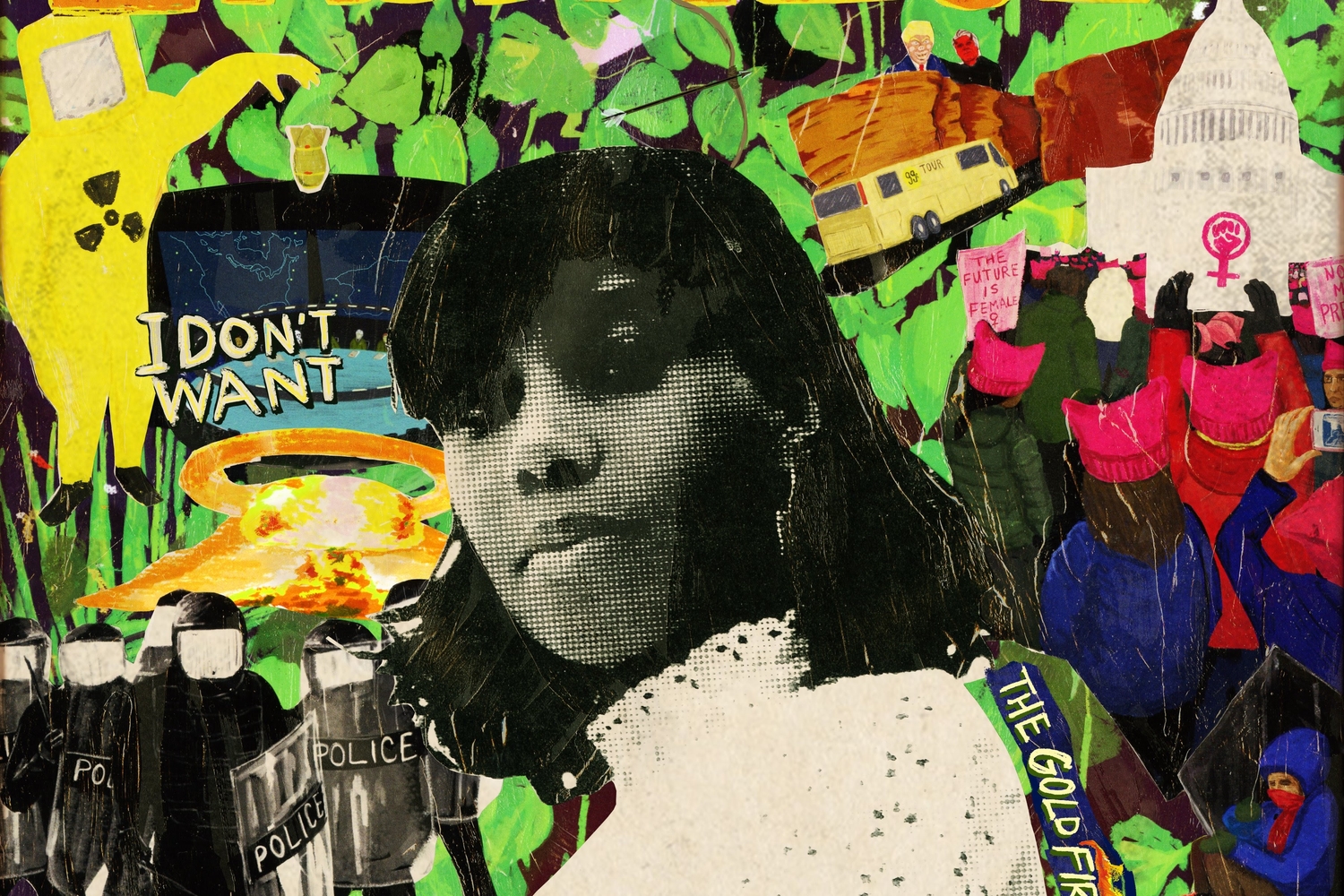
Santigold - I Don’t Want: The Gold Fire Sessions
2 Stars
A natural extension from what’s come before rather than a bold move forward.
12th October 2018, 7:51am
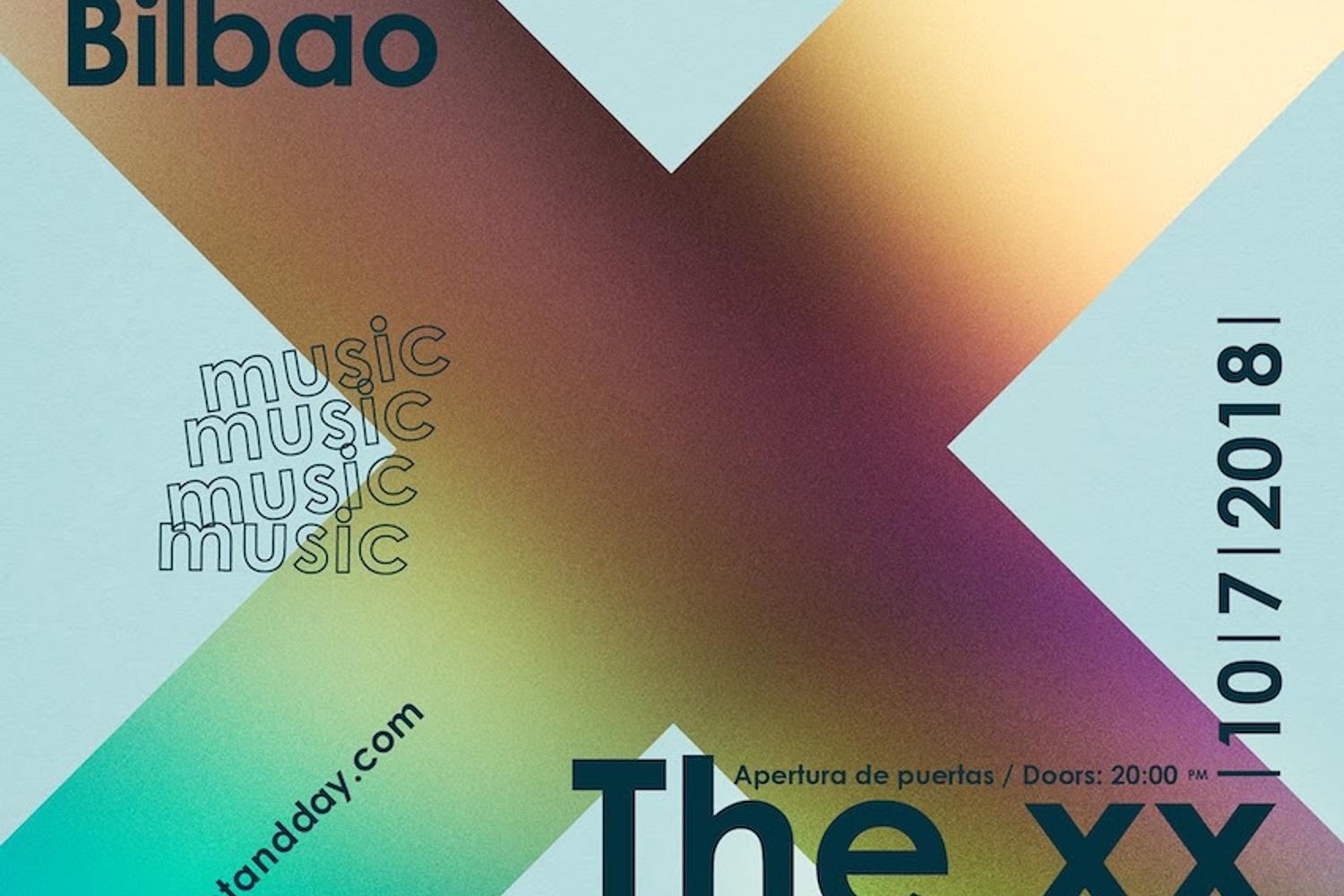
Santigold releases surprise mixtape ‘I Don’t Want: The Gold Fire Sessions’
The new dancehall mix precedes a September tour with Lauryn Hill.
27th July 2018, 12:00am

Santigold plays ‘Can’t Get Enough of Myself’ on Jimmy Fallon
She released her third album ‘99¢’ last week.
3rd March 2016, 12:00am
Featuring SOFT PLAY, Corinne Bailey Rae, 86TVs, English Teacher and more!

